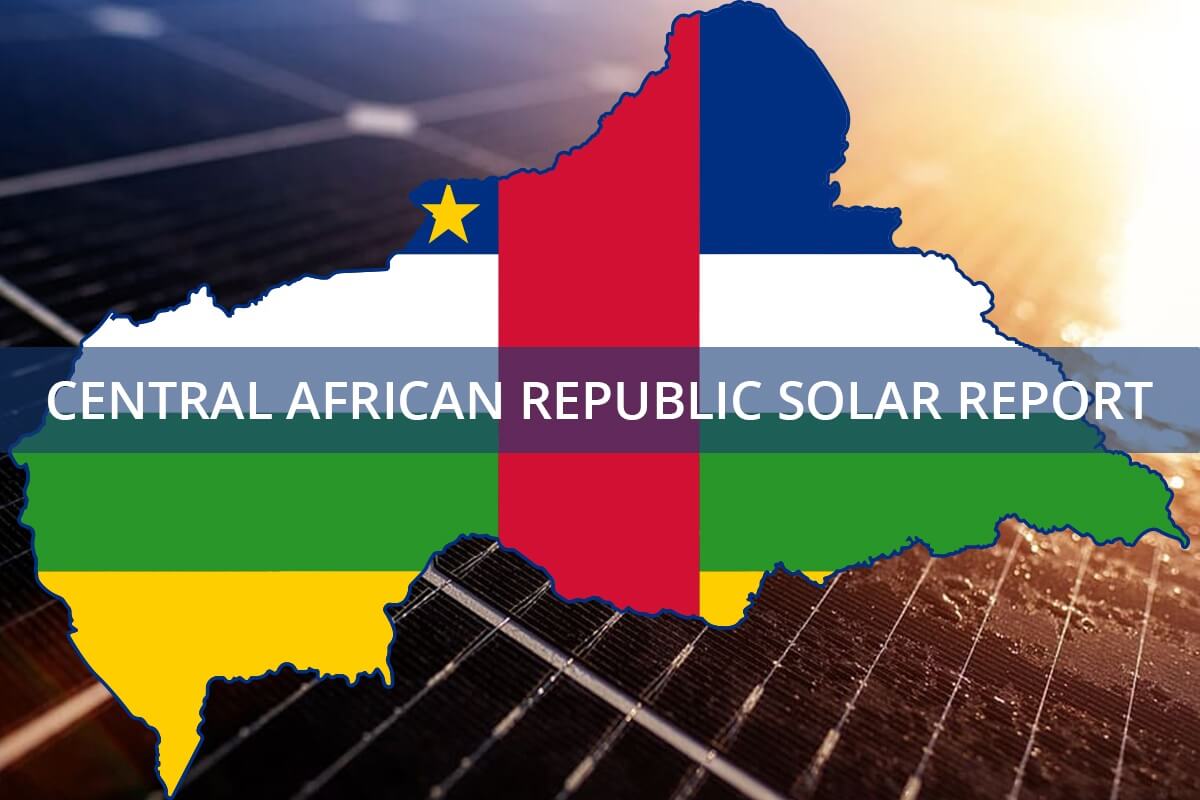Renewable Energy Central African Republic: Ambitions for 2025
The Central African Republic is gearing up to significantly boost its renewable energy usage to 9% by 2025. This ambitious target aims to mitigate the nation’s dependence on fossil fuels and propel sustainable development.
Strategic Objectives for Renewable Energy Central African Republic
The Central African Republic (CAR) is determined to elevate its renewable energy share to 9% of the national energy mix by 2025. As detailed by Green Energy News, this strategic move is pivotal for the CAR’s economic advancement and environmental stewardship.
Currently, the CAR relies heavily on fossil fuels, which dominate its energy consumption. However, the government has expressed a resolute commitment to transition towards renewable energy sources. This shift is vital for both economic stability and environmental conservation. By integrating more renewable energy into the national grid, the CAR aims to cut down on greenhouse gas emissions and reduce its carbon footprint.
Renewable energy, harnessed from inexhaustible natural resources like sunlight, wind, and water, is fundamental to sustainable development. Unlike fossil fuels, renewable sources do not diminish over time, presenting a more enduring energy solution. The CAR’s rich natural resources provide a strong foundation for developing renewable energy projects.
Hydroelectric Power and Renewable Energy Central African Republic
Hydroelectric power, generated by the kinetic energy of moving water, stands out as a promising renewable energy source for the CAR. The nation has substantial hydroelectric potential, given its numerous rivers that can be tapped for electricity production. The government has already embarked on several hydroelectric initiatives, including the Boali hydroelectric plant, which has been operational since the 1950s.
The Boali plant is a cornerstone of the CAR’s renewable energy agenda. Having undergone multiple upgrades to boost its capacity, it currently supplies a significant portion of the country’s electricity. Nevertheless, the government acknowledges the necessity of developing further hydroelectric projects to satisfy the burgeoning energy demand.
Beyond hydroelectric power, the CAR is investigating additional renewable energy sources, such as solar and wind power. The country’s geographic position offers abundant sunlight, making it a prime candidate for solar energy projects. Similarly, the CAR’s topography and climate are favorable for wind energy development.
International partnerships and collaborations with private investors are vital to advancing these renewable energy projects. These relationships are crucial for securing the requisite funding and technical expertise needed to implement large-scale renewable energy initiatives.
Economic and Environmental Benefits of Renewable Energy Central African Republic
Augmenting the share of renewable energy in the CAR’s energy mix will considerably curtail the country’s reliance on fossil fuels. This transition will not only decrease greenhouse gas emissions but also help stabilize the economy by reducing susceptibility to global oil price fluctuations. Additionally, renewable energy projects are poised to create jobs and stimulate economic growth across various sectors.
The CAR’s renewable energy strategy aligns with its commitments under the Paris Agreement, which aspires to cap global warming at 1.5 degrees Celsius. By enhancing its renewable energy capacity, the CAR is contributing to global efforts against climate change.
The government’s bold objective of achieving 9% renewable energy by 2025 represents a significant stride towards a more sustainable future. However, reaching this target will necessitate sustained investment, political determination, and collaboration with international partners. The CAR’s renewable energy potential is vast, and with the appropriate policies and investments, the country has the opportunity to emerge as a leader in the shift to a low-carbon economy.

